Long Term Potting Mix Recipe - Alternative to Gritty Mix
arcan
9 years ago
Featured Answer
Comments (27)
arcan
9 years agolast modified: 9 years agoRelated Professionals
Amesbury Landscape Contractors · Lynwood Landscape Contractors · Oklahoma City Landscape Contractors · San Bruno Landscape Contractors · Severna Park Landscape Contractors · Streamwood Landscape Contractors · The Villages Landscape Contractors · Irvington Landscape Contractors · North Aurora Landscape Contractors · Everett Window Contractors · Syracuse Fence Contractors · Agoura Hills Fence Contractors · Goodyear Fence Contractors · Millbrae Fence Contractors · Woodland Hills Fence Contractorsalan_oz
9 years agolast modified: 9 years agoarcan
9 years agolast modified: 9 years agoalan_oz
9 years agolast modified: 9 years agoarcan
9 years agolast modified: 9 years agoalan_oz
9 years agolast modified: 9 years agojodik_gw
9 years agolast modified: 9 years agoarcan
9 years agolast modified: 9 years agothe_yard_guy
9 years agolast modified: 9 years agoNeed2SeeGreen 10 (SoCal)
9 years agolast modified: 9 years agothe_yard_guy
9 years agolast modified: 9 years agoarcan
9 years agolast modified: 9 years agodrew51 SE MI Z5b/6a
9 years agolast modified: 9 years agoozfruitnut
9 years agoNil13 usda:10a sunset:21 LA,CA (Mount Wash.)
9 years agolast modified: 9 years agoozfruitnut
9 years agoNil13 usda:10a sunset:21 LA,CA (Mount Wash.)
9 years agotapla (mid-Michigan, USDA z5b-6a)
9 years agolast modified: 9 years agojojo5264
9 years agotapla (mid-Michigan, USDA z5b-6a)
9 years agolast modified: 9 years agojojo5264
9 years agojojo5264
9 years agotapla (mid-Michigan, USDA z5b-6a)
9 years agoozfruitnut
9 years agosoo
8 years agoarcann
7 years ago
Related Stories
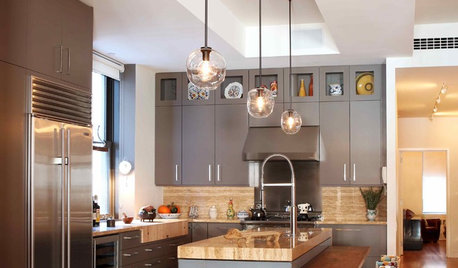
KITCHEN DESIGNMix and Match Kitchen Materials for a Knockout Design
Give your kitchen unexpected flavor by combining wood, stone, glass and more. Here’s how to get the mix right
Full Story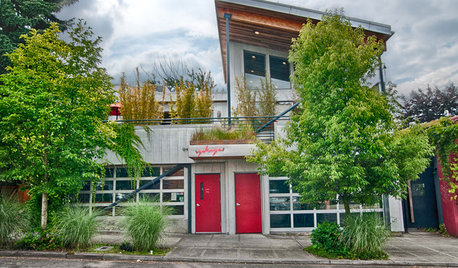
HOUZZ TOURSMy Houzz: Mixed-Use Oregon Home Serves and Charms
Home, restaurant, garden, rental cabin — and it gives back to the community too. This multitasking home is a wonder in more ways than one
Full Story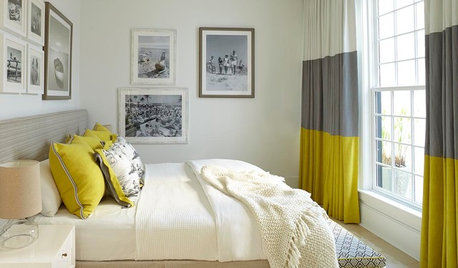
DECORATING GUIDES13 Decorating Tips for Short-Term Renters
Mirrors, curtains, lamps and other features set a stylish tone you can take with you
Full Story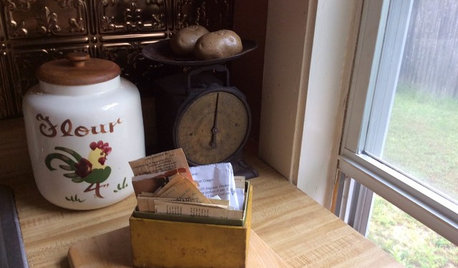
KITCHEN DESIGN5 Home Cooks Share Their Favorite Family Recipes
Peek inside the kitchens of these Houzz users and learn how to cook their time-tested, passed-down dishes
Full Story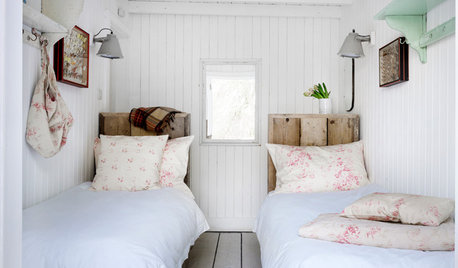
DECORATING GUIDES10 Recipes for Shabby Chic Style
Rustic furniture, floral fabrics, sparkling chandeliers. Here are 10 easy ways to bring the romantic cottage look into your home
Full Story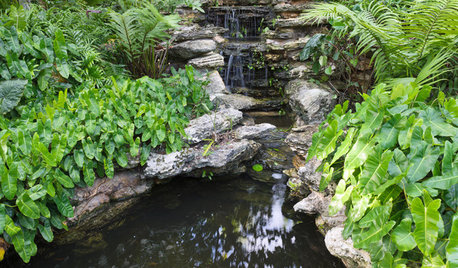
LANDSCAPE DESIGNRecipe for Tropical Edible Garden Style
Appeal to exotic good taste with fruit trees, palms and tropical look-alikes in your temperate-climate garden
Full Story
FARM YOUR YARDHow to Grow Vegetables in Containers
Get glorious vegetables and fruits on your patio with a pro’s guidance — including his personal recipe for potting mix
Full Story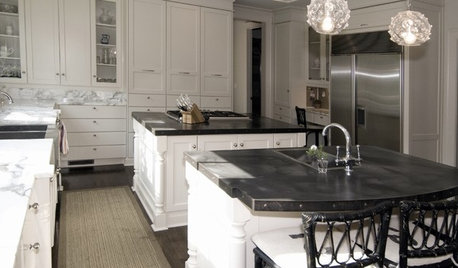
KITCHEN COUNTERTOPSKitchen Countertop Materials: 5 More Great Alternatives to Granite
Get a delightfully different look for your kitchen counters with lesser-known materials for a wide range of budgets
Full Story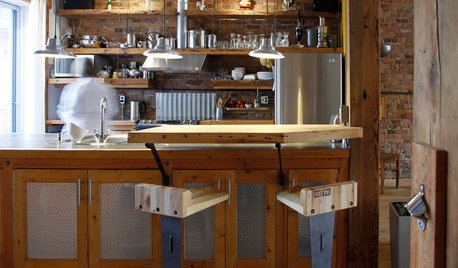
KITCHEN DESIGN11 Great Alternatives to Glass-Front Cabinets
You may just break up with glass when you see these equally decorative but less fragile cabinet options
Full StoryMore Discussions






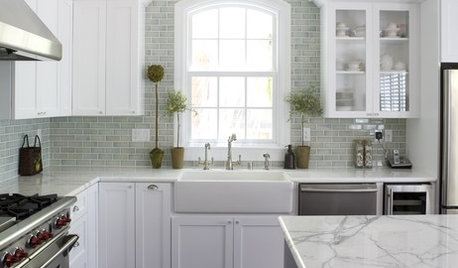

jodik_gw